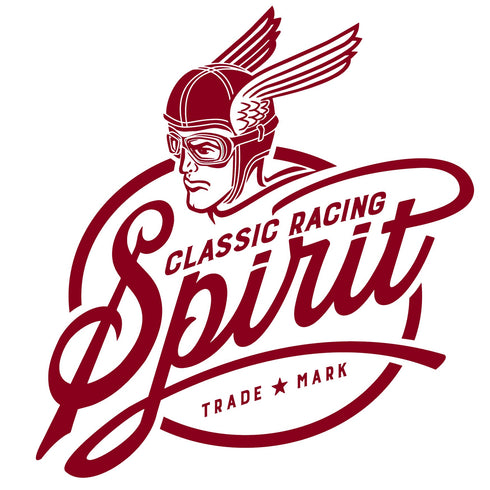
Many board tracks were built in California as well around the country to satisfy the growing obsession with auto racing. Tracks varied in size from short 1/4-mile and 1/3-mile motordromes built exclusively for motorcycle racing to one- and two-mile tracks used for championship racing. Banking angles varied too, with up to 60 degrees in the “corners” of the oval for motorcycle racing. Whilst the circuits were relatively quick and inexpensive to build, they lacked the durability of the more permanent tracks like the Indianapolis Motor Speedway which was paved with bricks. There was no suitable wood preservative at the time and, on average, the boards needed replacing every five years at considerable cost of both labour and lumber - often meaning that the circuits closed down after only a handful of years of use.
Racing often drew large crowds of paying spectators - 80,000 was the number reported at Speedway Park in Chicago in 1915 - and promoters offered considerable prize funds to attract more and more competitors. As the tracks got longer, the racing machines got faster and lap speeds exceeding 100 mph became commonplace.

As speeds increased, overtaking became more difficult and the fastest machine would almost always win the race. Fans began to turn to dirt track racing as a more enjoyable and less predictable spectacle.
Safety for the drivers and the audience was an ongoing issue. The quick degradation of the wooden track meant that there was a constant danger of the track splintering and wooden debris flying into the drivers and their vehicles - including puncturing the primitive tyres of the era.
High cornering speeds were a cause for motorcycle racer fatalities. In particular, the risk of being thrown off the outside of the track at the turns due to centrifugal force was high, and fatalities of spectators as well as riders and drivers mounted.
In September 1912 in Nutley, New Jersey, leading motorcycle racer Eddie Hasha - known as the “Texas Cyclone” - was travelling at around 92 mph on the third lap of the race when his Indian motorcycle suddenly turned sharply into the rail surrounding the track. The bike rode the rail for about 30 meters, killing a boy who had put his head over it to watch. The machine then hit a post, catapulting Hasha into the grandstands and killing him instantly. Three other boys and a young man were also killed. The bike dropped back down onto the track and into the path of the last-place rider, Johnny Albright. It hit him in the shoulder and carried him down the track between it and his own machine. He died from his injuries four hours later.
The negative publicity surrounding this tragedy saw many manufacturers withdraw their support and eventually motorbike racing on short board tracks - nicknamed “murderdomes” was banned.
The Great Depression of the 1930s brought a swift end to this dynamic spectacle of board track racing. Its racing spirit lives on, however, in American motorsport’s emphasis on raw speed around a banked oval; wide tracks to allow overtaking; and extensive stadium-style grandstand seating around the track for spectators to fully enjoy the sport.
We are commemorating the bravery and spectacle of these early 20th century racers with our Board Tracker Gin - an exciting spirit with flavours of the USA.
